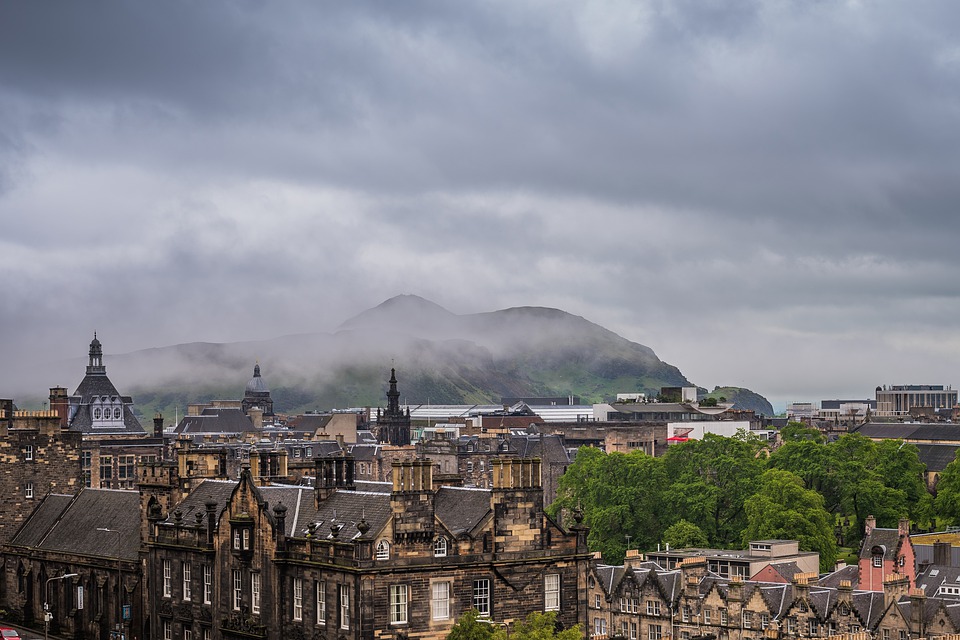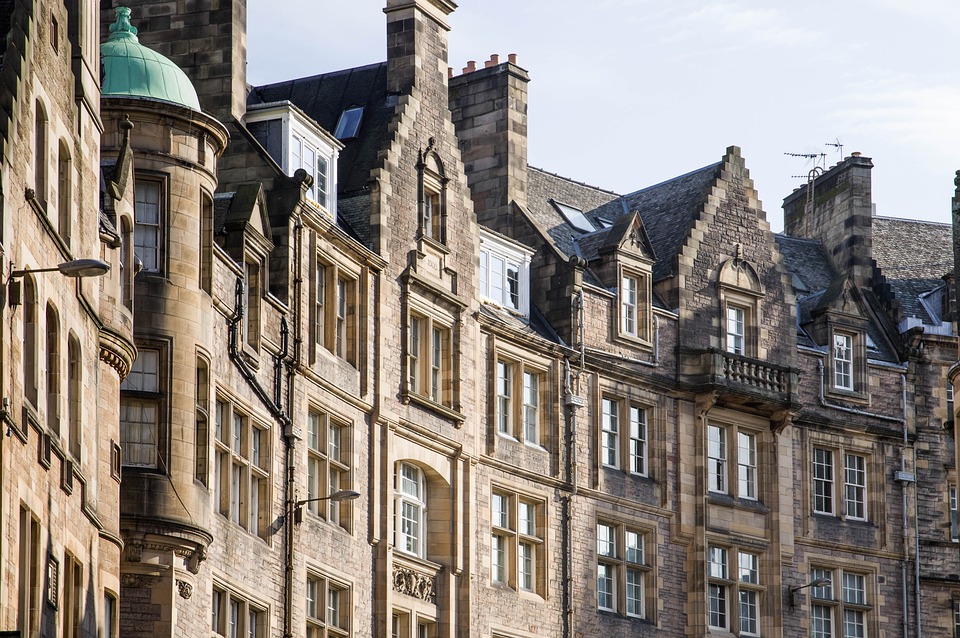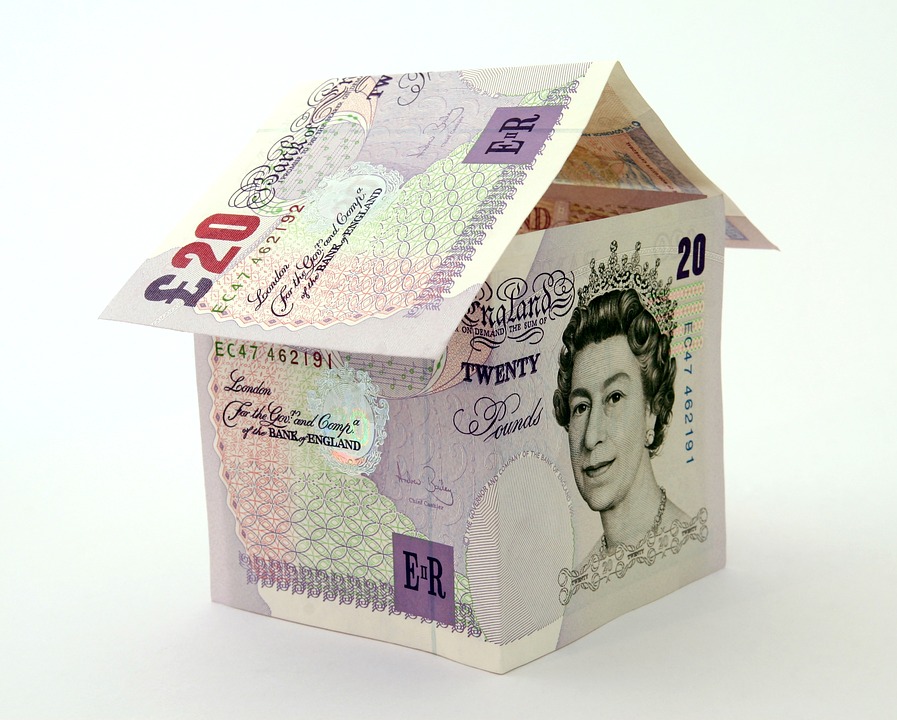Average house prices in Scotland have increased by close to £25,000 (13.2 per cent) over the last 12 months – the highest rate of all four UK nations.
The latest monthly house price index for Scotland from Walker Fraser Steele, Chartered Surveyors also shows:
- 30 of the 32 local authority areas continue to see prices rise over the year
- Monthly growth rates are softening
- The top five local authority areas by value all set new record average price levels
Contact us today to speak with a specialist Commercial Finance Broker to discuss how we can assist you.
Alan Penman, business development manager at Walker Fraser Steele, said: “At the end of August we reported that the average Scottish house price stood at £211,029 – at that point a new record high. This September we have seen the upward momentum continue. Scotland’s average house price at the end of September stands at £212,832, which sets yet another record, having risen by some £2,200 – or one per cent – in the month.
“Five local authority areas in September were responsible for 58 per cent of the positive movement in Scotland’s average house price. The five areas concerned, in order of influence, were South Lanarkshire, the City of Edinburgh, Glasgow City, East Dunbartonshire and Highland.
Read about the UK Housing Market via our Specialist Residential & Buy to Let Division
“More generally prices rose in 19 of the 32 Local Authority areas in Scotland. The largest increase in average prices, of 6.3 per cent, was in Inverclyde. In second place on the mainland was East Dunbartonshire, with an increase in prices of 5.2 per cent. There were plenty of high-value sales in East Dunbartonshire, with a number of detached sales taking place in Bearsden – located approximately six miles to the North West of Glasgow – the most expensive being on the Roman Road, priced at £1.3 million.
“This underlines how property at the top-end continues to underpin this growth as people opt for more space and continue to embrace working from home. September often provides momentum to the market too as it is not untypical for families to reassess their needs as the new school year gets underway.”
Source: Scottish Legal
Discover our Commercial Mortgage Broker services.



